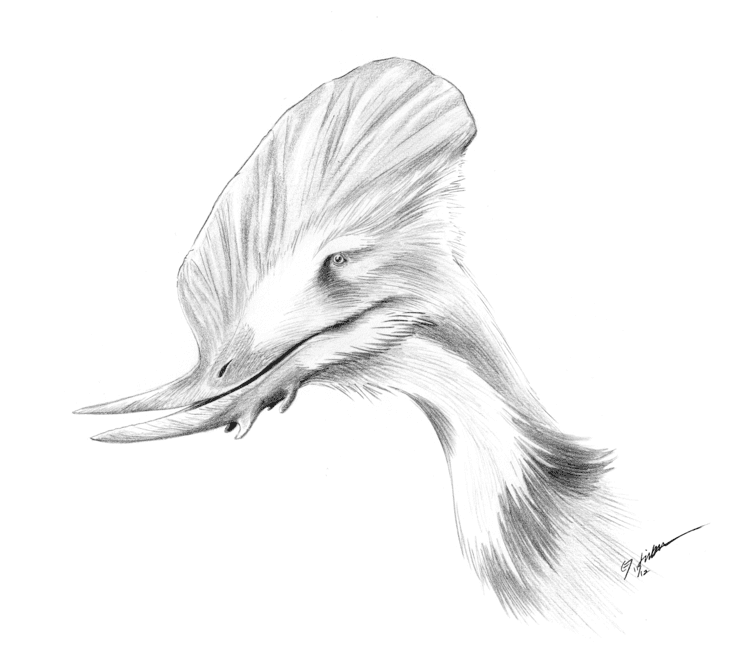Kingdom Animalia Order Pterosauria Family Dsungaripteridae Higher classification Banguela | Phylum Chordata Suborder Pterodactyloidea Scientific name Banguela oberlii Rank Species | |
 | ||
Genus Banguela
Headden & Campos 2014 Similar Pterosaurs, Dsungaripteridae, Thalassodromeus, Thalassodromidae, Santanadactylus | ||
Banguela oberlii is a dsungaripterid pterosaur from the Early Cretaceous of Brazil.
Contents
Discovery and naming
The Swiss collector Urs Oberli acquired a pterosaur jaw fragment from the Chapada do Araripe. In 2005, this was described by André Jacques Veldmeijer e.a. and referred to Thalassodromeus sethi. In 2006, Veldmeijer named it as a new Thalassodromeus species: Thalassodromeus oberli. However, this was done in his dissertation and thus merely resulted in an invalid nomen ex dissertatione.
In 2014 it was named and described by Jaime Headden and Hebert Bruno Nascimento Campos as a separate genus Banguela, with the type species Banguela oberlii. The genus name is a Brazilian Portuguese word for "toothless one", especially used as an affectionate term for elderly women. The specific name honours Oberli.
The holotype, NMSG SAO 251093, was probably found in the Romualdo Formation, also known as the Romualdo Member of the Santana Formation, dating from the Albian. It consists of the symphysis, fused front end, of the lower jaws.
Description
Banguela has an estimated skull length of about two feet and wingspan of over twelve feet. The symphysis, with a preserved length of 273 millimetres, curves upwards and has a relatively short depression at its upper rear end. The front upper edge of the symphysis is sharp. The front bottom edge is sharp too but lacks a true crest. There are no teeth or tooth sockets present in the fragment.
Veldmeijer had already in 2005 noted similarities to Dsungaripterus, but considered the available data to be insufficient to draw any conclusions from this. In 2014, Headden & Campos placed Banguela in the Dsungaripteridae, in a basal position. Banguela is unique among dsungaripterid pterosaurs due to a presumed total absence of teeth. Other pterosaur groups, such as pteranodontids, nyctosaurids and azhdarchoids, have also lost their teeth, indicating that toothloss might have independently occurred at least four times among pterosaurs. However, because dsungaripterids are occasionally recovered as derived azhdarchoids, it is possible that toothloss has occurred more often, if as an instance of Dollo's Law azhdarchoids should be originally toothless. If there was a large number of cases, Banguela suggests how it developed in most of these: the development of horned rhamphothecae in the jawtips, with progressive tooth rarification until they cease to be useful.
It is worth to note that dsungaripteroids have some of the most specialised teeth of all sauropsids, so Banguela's toothlessness must indicate some degree of divergent specialisation.
